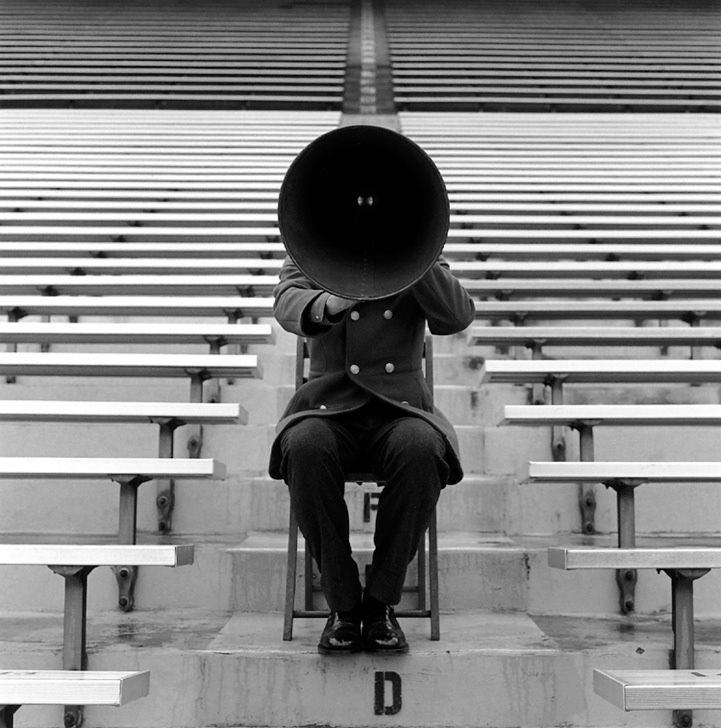Budget Brands Enter the Fray
Over the past few years, there has been a definite trend of international budget brands successfully entering the marketplace in Thailand. Be it the hypermart concept with Lotus Tesco, Carrefour and Makro, or low-cost carriers (LCCs) such as Tiger, AirAsia and JetStar. These types of volume and value-for-money offerings are garnering legions of loyal consumers.
Within the hotel industry, the opening of the first Ibis property – a venture in Patong between Thai developer Erawan and the giant French chain Accor – is looking to change the mass accommodation market. There is already a second Ibis under construction in Kata, while in Bangkok, a multitude of new properties in this sector are being built. Two of the main proponents of the budget brands are the Intercontinental group (Intercon, Crowne Plaza, Holiday Inn) with their Holiday Express Model and Accor (Sofitel, Pullmann, Novotel, Mercure) with Ibis. There are also other global brands in on the game with Carlson (Regent, Radisson) targeting Park Plaza, Hilton, Hampton Inn and regional chains such as Hong Kong's Langham promoting a no-frills Eaton product.
Asian hotel owners, developers and consumers in the region have traditionally resisted budget offerings because they are seen as down market or cheap, but perceptions are now shifting. In North America and Europe, the budget segment has been around a long time. Budget establishments are often located in areas with low land costs and rely on transportation links, such as the inter-state highways in the US and nearby railways in Europe. Here, expensive land cost in central business districts (CBDs) has long been a deterrent to this modeling.
Looking at a normal hotel operating model, although operating trends vary from market to market and between city center and resort properties, guestrooms make up the most profitable element in both these markets. Direct profitability in a well-run operation with a stable occupancy is in the region of 80-85%, whereas profitability for food and beverages tends to be 20-25%. Comparing a budget hotel to a four-star property, gross operating profits for a four-star hotel may be in the region of 40-45%, whereas a budget hotel can see profits of 55-60% and above.
With greater revenue in the higher-yielding-rooms segment and less income from food and beverages and other segments, there is a superior flow through of profits to the bottom line. In most cases of branded hotel models with good overseas distribution, rate-effective models trade at higher occupancy than full-service hotels. For example, a four-star hotel can run effectively at 60-70% occupancy, whereas a budget property would have to run at 70-80% occupancy.
Here in Phuket, the likely average room rates for a budget model would be 1,500 to 2,000 baht per day.
For a hotel owner, the budget type product has contained development costs. Guestroom size averages 16-18 square meters with a gross floor area (GFA) requirement for the whole building being approximately 34-36sqm. Food and beverage offerings are usually just a lounge, which offers breakfast only, to a single limited-service cafe for simple all-day meals.
Ancillary facilities, such as swimming pools, fitness centers and function rooms, are not included. Staffing ratios range from 0.25-0.30 staff per room. Compare this to a full service four-star hotel, where guestrooms are 40-45sqm and the total GFA is in the range of 80-100 square meters. For these types, the GFA is increased with the addition of multiple restaurants, meeting spaces, spas and other facilities. Staffing in four-star hotels also moves up drastically to between 1.0 and 1.2 staff per room. On an investment model, successful execution of pro forma and budgets can mean the difference between success and failure in the venture. Many of the variables are eliminated in this level of product because guestrooms are standardized, the skill set of interior design and architecture are contained, and the focus on the budget is geared to maintaining high-revenue areas.
Overall, GFA relates to the total build area for the project and impacts the hotel cost, so if you can contain this successfully, the returns will be enhanced. In a nutshell, if a budget hotel can obtain 60% of the average room rate of a four-star hotel's superior flow though rooms sales and gross operating profit with a fraction of the development budget, then this looks to be a wise financial model.
As we move into a different worldwide economy in the next few years, it's logical to expect short-haul tourism and travel to increase with the key markets in close proximity to Thailand, such as those of China and India.These remain rate sensitive and will certainly see raw numbers at the lower end of the spectrum. Here in Phuket, moving upward from budget into mid-tier, we are seeing a revolution in hotel operating models with Marriott's Courtyard brand opening three properties this year in Surin, Kamala and Patong. These hotels are cost-efficient units that rely on lower operating costs and reasonable rates to keep occupancy high.
This is no doubt going to give the existing hotels out there a run for their money. For the consumer, all of this signals a great new trend in value and choice – a bright ray of sunshine indeed.


